How Smart Building Technology is Revolutionizing the Commercial Real Estate Sector
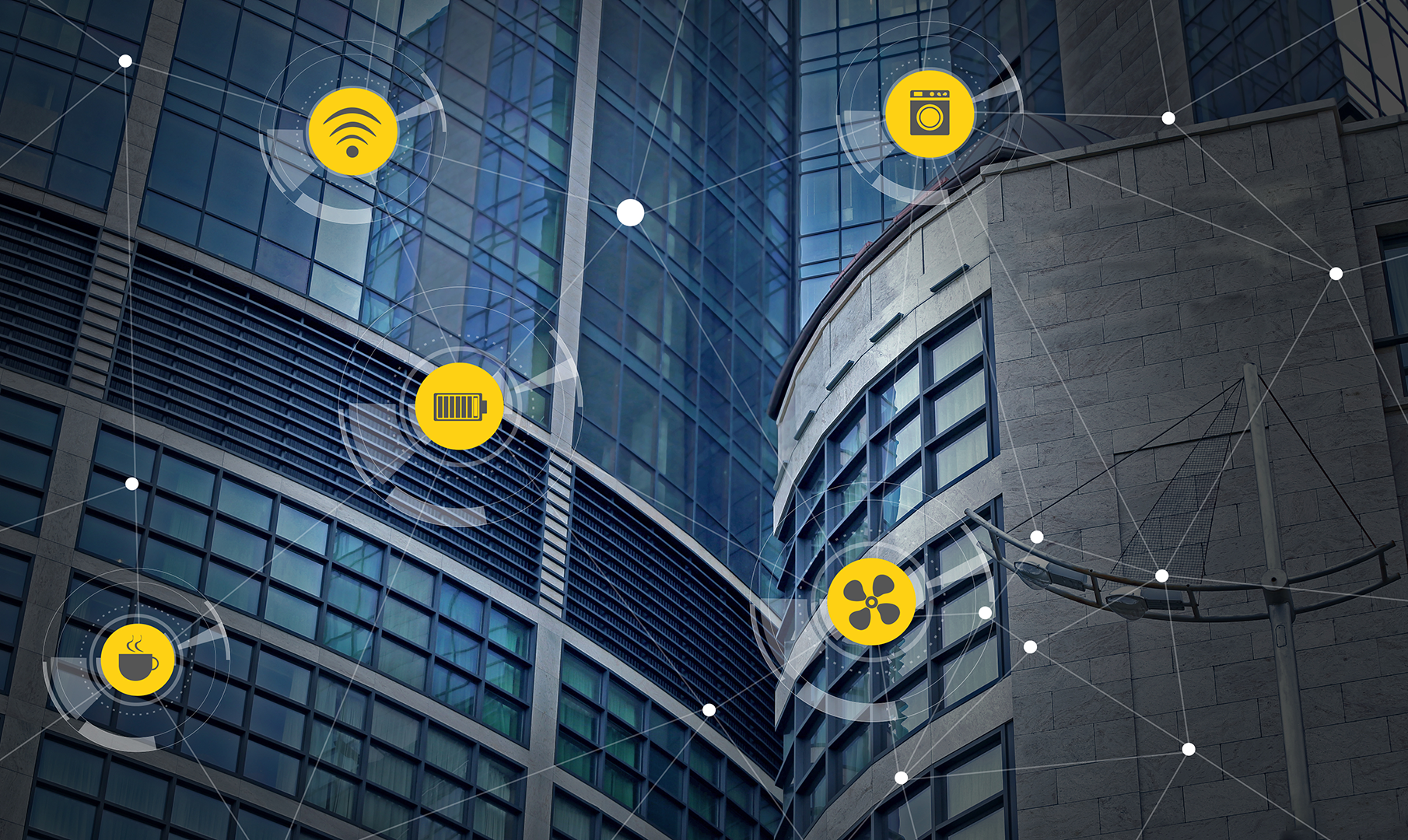
Smart building technology is, in the broadest definition, the use of technology to make buildings more responsive and intelligent and has the effect of improving their performance.
These performance improvements can be measured in savings in energy costs, maintenance costs, time savings, and ultimately an improved investment return for the property owner.
However, in addition to pure financial benefits, smart buildings are increasingly being used to drive environmental and social benefits to owners and occupants alike.
In the nascent stage of its development, the definition of the ‘smart building’ encompassed any building which used sensors to measure and control basic metrics such as lighting and heat settings.
However, today the smart building sector has a much wider sphere of influence, impacting all stakeholders within the commercial real estate sector.
Smart building technology is helping to reinvent how owners, tenants, landlords, and occupiers live and do business in modern multi-family and commercial properties.
A smart building constantly collates data on itself; occupiers can analyze this data to use the space in their premises more efficiently and in more varied and significant ways than merely using sensors to reduce operating expenses.
Within the general ‘PropTech’ (‘property technology’) space, smart building technology is one of the market's hottest segments. The market is set to expand exponentially in coming years, from an estimated $80 billion in 2022 to $368 billion in 2029, with venture capital firms and hedge funds ever ready to invest in smart building technology aimed at the commercial real estate sector.
How smart building tech is addressing the environmental impact of commercial real estate
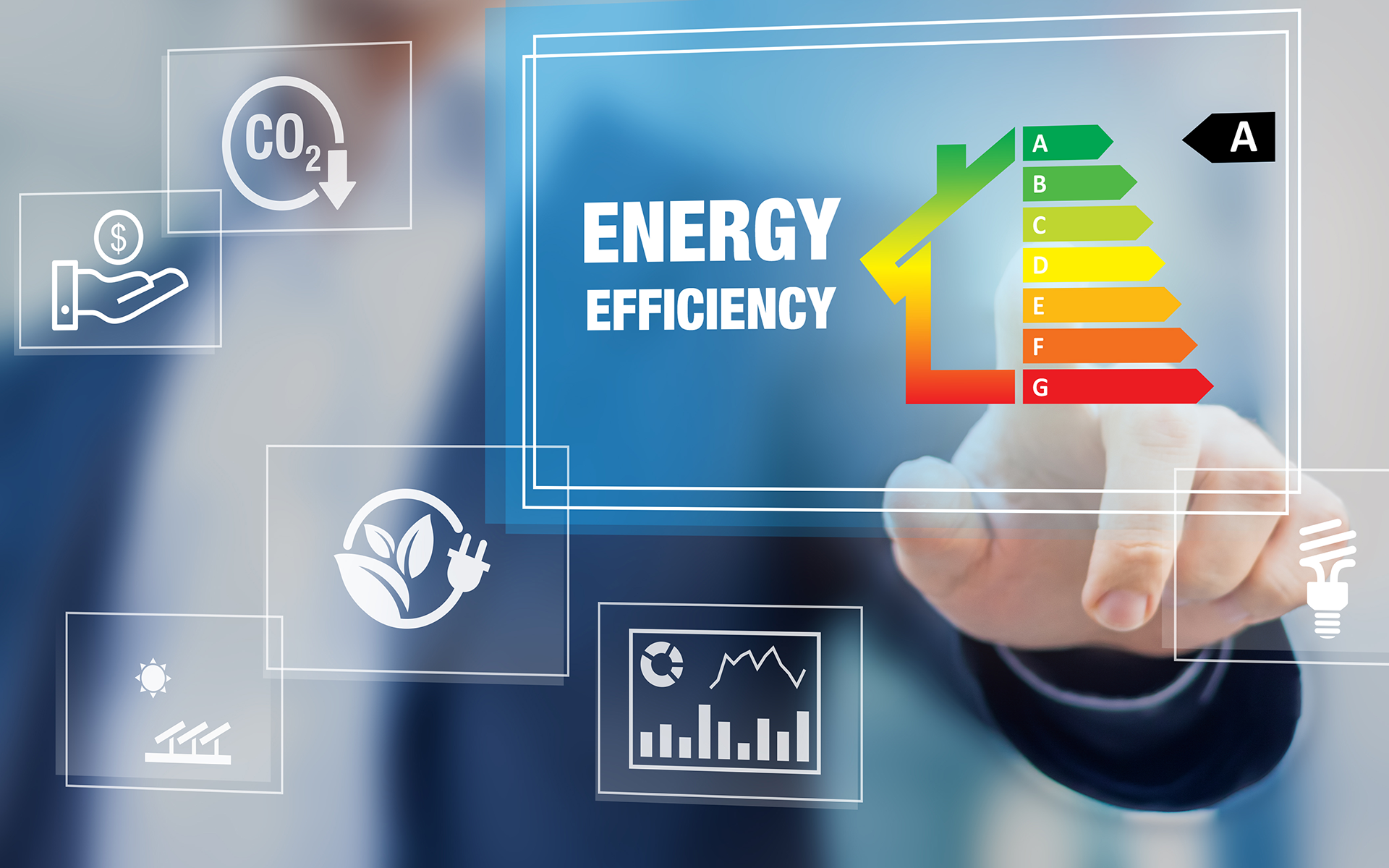
One of the biggest drivers of smart building technology in the commercial real estate sector is their potential contribution to meeting CO2 emissions targets.
Buildings produce around 39% of all greenhouse gas emissions; while approximately 30% of these emissions come from the construction process, the remaining 70% are made by building operation and management.
There is, therefore, a clear need to develop technologies that can have a positive environmental effect and to help meet increasingly stringent government targets on reducing emissions and achieving a ‘net zero’ emissions target.
In addition to increasing pressures from governmental legislation to reduce the carbon footprint of commercial real estate buildings, institutional investors are also focusing on the environmental impact of their investment holdings.
Environmental, social and governance issues (‘ESG’) are now significant in investment decisions and capital allocation.
Effective use of smart building technology to increase energy efficiency and reduce emissions is no longer a convenient by-product of technology but an essential component of a sustainable strategy for all players in the commercial real estate industry.
One of the world’s largest institutional investors, BlackRock, has now stated that they require all investee companies to report on their climate emissions. In the future, investors’ capital will be steered towards projects with proven environmental protections.
This trend will continue, and in the future, commercial real estate companies which are looking to raise capital will need to demonstrate that their property portfolio is utilizing the latest technology to reduce energy consumption and can provide real-time data to potential investors relating to specific data points such as water, energy usage on a per occupant basis, in addition to providing an audit on the overall energy efficiency of the building.
Smart building maintenance
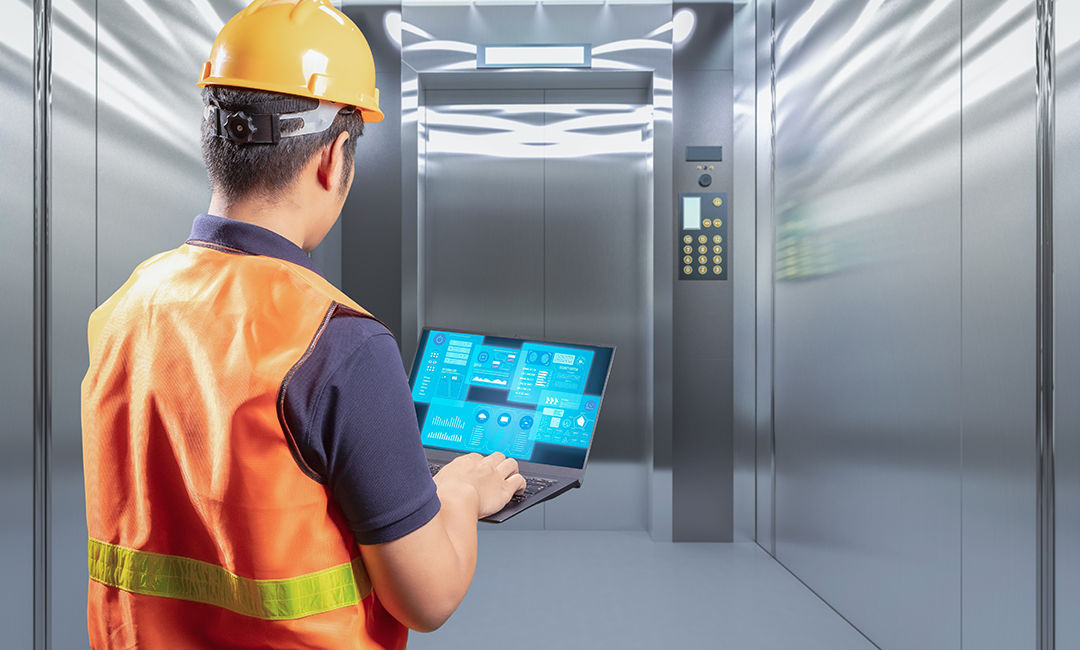
Smart building technology enables facilities managers to effectively get ahead of problems before they happen, or at least before a minor problem becomes a significant and costly problem.
Suppose building facilities managers know when critical equipment is not functioning correctly and needs to be repaired. In that case, they can reduce unplanned and costly repairs and instead schedule minor repairs and maintenance to reduce overall downtime at a time that minimizes disruption and inconvenience to tenants.
Traditional building maintenance followed a well-trodden pattern. For example, you needed to change the filter on an air conditioning unit every 6 months. Smart building technology turns that process on its head.
Smart building apps can be configured to compare the performance of a piece of hardware (a heating unit, pump, ventilator, or even a lift) to specific performance parameters. Sensors will alert the building facilities manager if the unit is not performing within the parameters.
Perhaps the filter has become clogged and is reducing airflow (increasing electricity consumption to maintain the same temperature), or the sensor has alerted the engineer to a maintenance issue. Either way, the problem can be addressed early, saving time and money.
Smart building technology can even be used to improve the efficiency of escalators and elevators. KONE is using smart technology to make elevators more comfortable and faster – and reducing electricity consumption by 90% simultaneously and using AI to predict maintenance issues and avoid expensive repairs and downtime.
Other smart building technologies have been developed to address specific inefficiencies in building management.
For example, false fire alarms cost the commercial real estate industry over $1 billion each year. In response, one smart app has been developed to determine the cause of the fumes that have set off the fire alarm.
For example, suppose the cause of the alarm is burnt toast. In that case, the sensor will relay this to the operator, enabling them to manage the problem before issuing a building-wide evacuation and alerting the fire service.
Conversely, suppose the sensors identify the fumes caused by an electrical fire. In that case, the building manager can pinpoint precisely where the fire started and direct the emergency services to the location within the building quickly and safely.
Efficient energy management
It is estimated that energy costs amount to over 19% of the total costs of a typical commercial building in the United States. Therefore, using smart building technology to manage energy proactively can significantly impact the bottom line.
Smart building apps today can adjust lighting, temperatures, and ventilation based on the current number of building occupants and daily/hourly building usage patterns.
One report has shown that occupancy sensors can decrease building operation costs by up to 18% simply by varying ventilation levels based on the number of people in a room. Therefore, the potential for smart building technology to reduce these overheads is clear.
Smart building technology and multi-family properties
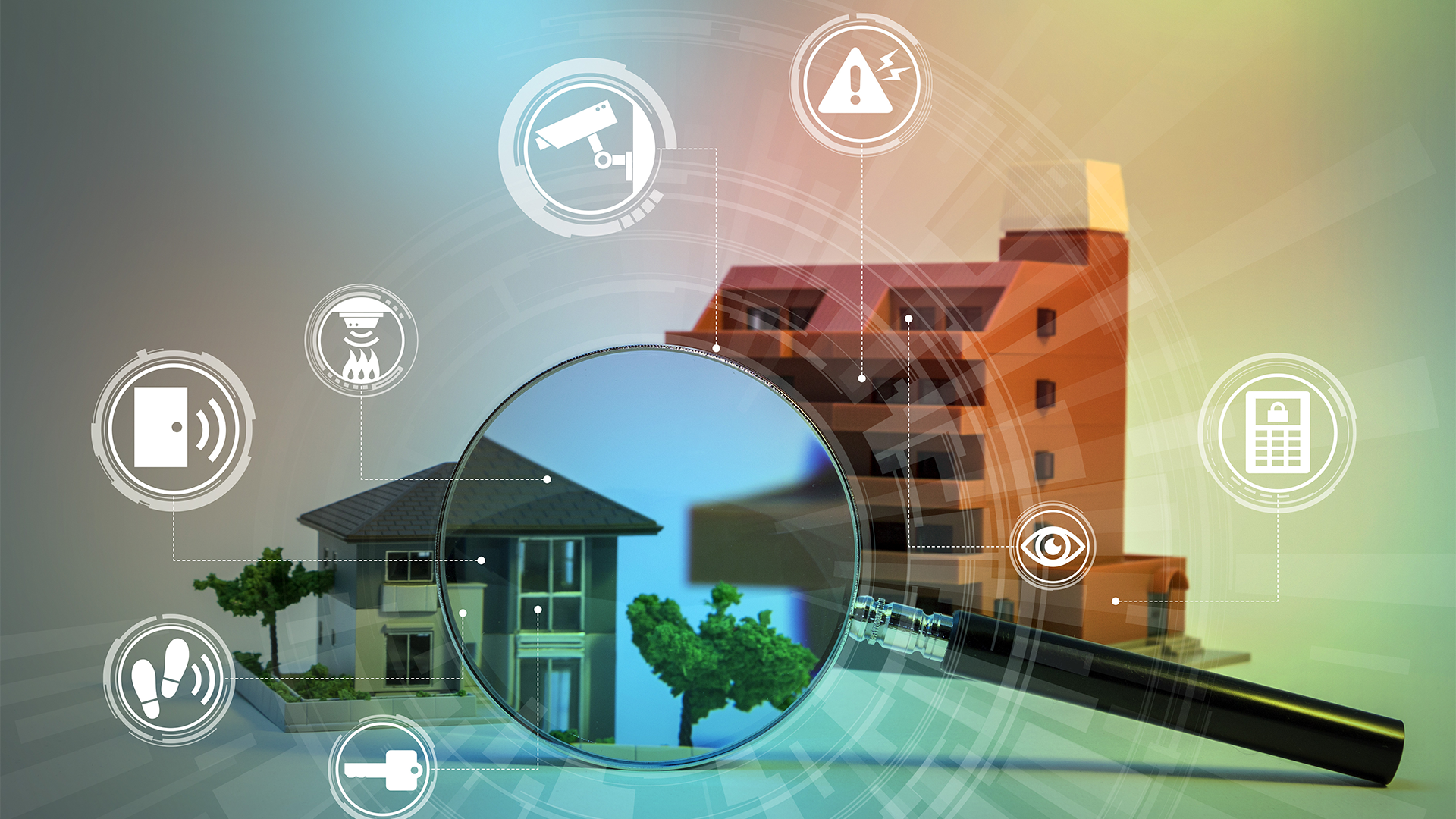
Smart building technologies can also offer cost and time efficiencies in leasing and building management for tenants and owners. Managers and owners of multi-family properties increasingly use smart building technologies to increase cost efficiencies and free up time throughout the tenant life cycle.
Virtual tours and showings were already starting to gain traction before the COVID pandemic hit but became commonplace during the lockdown and have remained part of the industry´s ‘new normal.
Remote viewings are becoming the norm using smart building technology; prospective tenants can schedule a viewing of an apartment for a specific time and date, and they will be provided with an access code to enter the building without the need for the building manager to be present.
Smart locks offer a variety of advantages for all stakeholders. Property managers can automate routine tasks such as admitting maintenance and cleaning staff into the building without the manager being on-site to provide access.
If a tenant loses their keys, a new key card can be supplied and programmed at the minimum cost, saving time and the cost of replacing the locks. At the end of a tenancy, key card access to the apartment can be canceled remotely without requiring a formal handover of the keys.
One of the attractive propositions of many of these technologies is that they can be incorporated into older buildings at a minimal cost. Smart locks and key fobs can replace older-style lock systems relatively quickly and cheaply, while sensors can be installed easily and monitored offsite through a simple Wifi connection.
For newly built properties, the potential for smart building technologies extends even further and offer even more benefits for tenant and owner alike. While AI tech and sensors can detect potential faults and problems with hardware, such as air conditioning and heating units in commercial buildings, sensors in the residential sector have been developed to identify household appliance issues, which can be detected by the building manager and remedied.
Whether an owner is upgrading an existing building with smart locks and utilizing virtual tours to create cost and time efficiencies or constructing a new apartment block that incorporates the latest smart building technology, the result is the same: the investment in smart building tech yields immediate returns, in terms of enhanced rental yields, occupancy rates, and overall cost efficiencies.
Smart building sensors for efficient office space utilization

Smart building apps are increasingly being used to increase efficiencies and occupancy rates of commercial buildings. According to IBM, while more than 12 billion square feet of commercial real estate in the United States, only around two-thirds of this space is being used at any time.
Renting physical office space is one of the biggest line items in any corporate budget, particularly in major cities. So there is a significant benefit for businesses to maximize the use of their space and ensure it is being used as efficiently as possible.
The installation of sensors at various locations across an office space enables the collection of data which can be used to make informed decisions about downsizing, sub-letting, or creating an effective employee-wide plan for hybrid working.
Smart sensors can also be used in the retail space. Sensors can track data on the movement of customers within a store, enabling store managers to optimize product placements and efficiently staff the store during periods of peak store footfall.
Increasing comfort and well-being for residential and commercial tenants
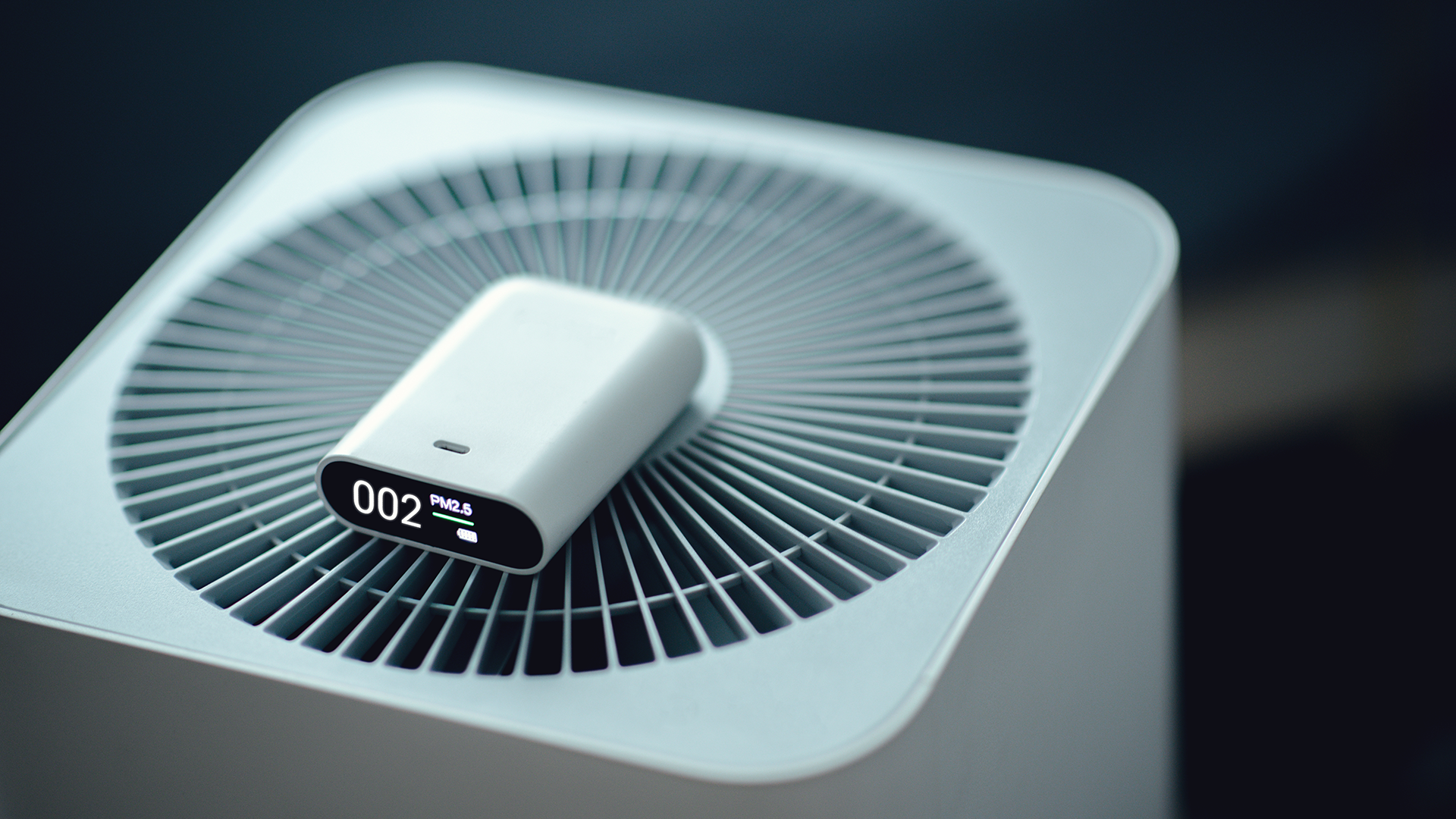
In addition to achieving cost savings for tenants and landlords, smart building technology can be used to improve working conditions. It has long been established that indoor air quality increases work productivity. The US EPA has estimated that over $93 billion is lost each year in lost productivity from headaches, fatigue, and irritation associated with ‘sick building syndrome.
To address this issue, smart building technology is being used to optimize office working conditions for occupiers. Sensors identify when metrics such as humidity and temperatures are outside pre-specified parameters, which can be automatically adjusted.
Smart building technology's fundamental goal is retaining tenants by offering value-added services. By providing tenants with smart office services, commercial real estate landlords can command premium rents and achieve higher occupancy rates. This is increasingly important in the post-COVID era, where commercial landlords must continually be seen to add significant value to a business to retain tenants.
The concept of remote and hybrid working is here to stay and has a transformative effect on the commercial real estate industry. However, a report by CBRE in 2021 noted that only 28% of employees wanted to work remotely full-time. This shows that there is still an appetite for working in an office environment.
This provides commercial real estate landlords a huge opportunity to differentiate themselves by offering a premium offering, and the use of smart building technology will be at the forefront of this offering.
Smart building tech and privacy concerns

One of the obvious concerns with the development of smart building technology is how the data collected by smart building technology could infringe on the tenant's privacy, whether it be a residential tenant in a multi-family property or a corporate tenant in a commercial building.
In theory, a company could use smart building technology to calculate how often an employee leaves his office and goes to the bathroom or how long he takes for his lunch break. Great care must be used when implementing such technologies to ensure they are used for their intended purposes. This can be achieved by ensuring that all data is transmitted from the sensors to the data center anonymously without identifying the individual user data.
As the concept of the ‘Internet of Things increasingly becomes a reality, it is of the utmost importance that the data collected by smart building apps is secure from attack from hackers and other bad actors and that privacy and data protection laws and regulations are respected.
Conclusion
The financial, environmental, and social case for smart buildings has been made. In recent years, the concept of a ‘smart building’ has come to mean much more than hardware consisting of a set of sensors that can monitor essential functions of the operation of a building, such as lighting and heating usage.
While these functions still play a crucial role in helping owners and landlords achieve cost efficiencies in their commercial real estate portfolios, today´s smart building technologies have far broader applications and benefits to all stakeholders in the commercial real estate space.


